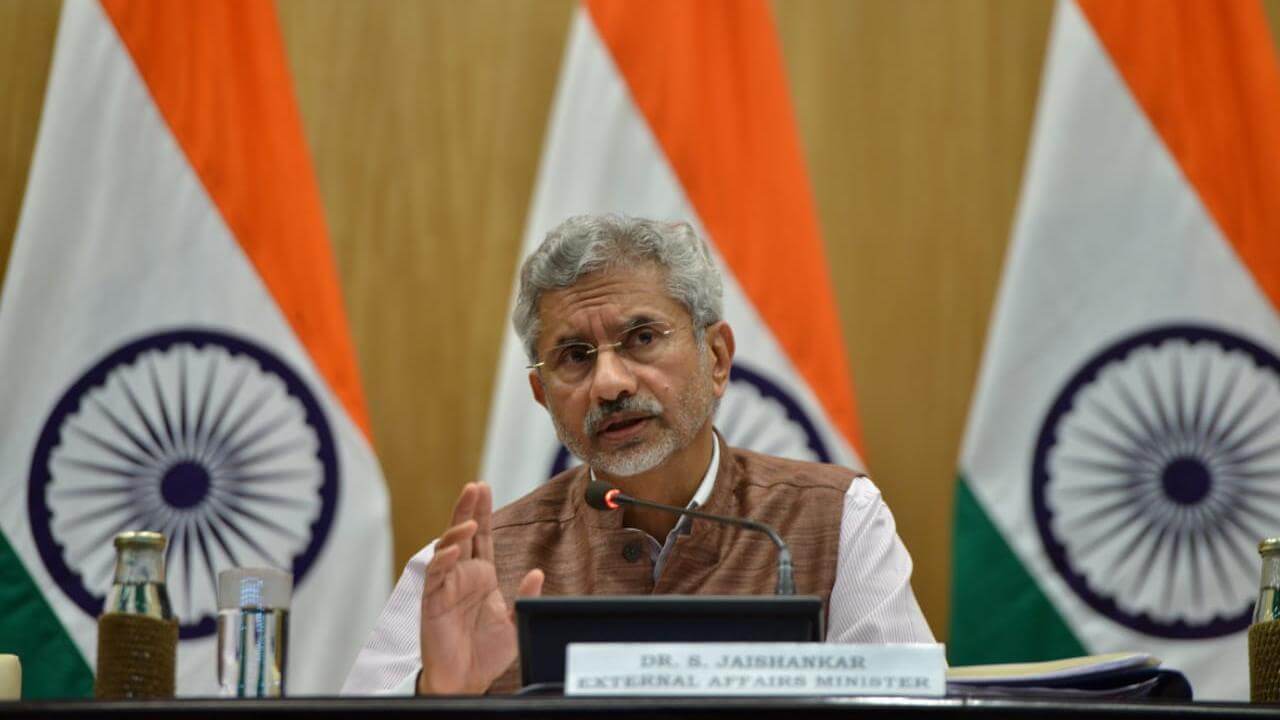On Wednesday, Indian Minister of External Affairs S. Jaishankar spoke with Afghanistan’s Minister of Foreign Affairs, Haneef Atmar, to discuss the ongoing peace process which seeks to conclude the decades-long war in Afghanistan. Jaishankar said that the conversation was “productive” and strengthened India’s “development partnership and connectivity linkages” with Afghanistan.
A productive conversation with Acting FM @MHaneefAtmar of #Afghanistan. Greeted him on Afghan Independence Day. Discussed recent developments in Afghanistan and our bilateral cooperation. Reaffirmed our development partnership and connectivity linkages.
— Dr. S. Jaishankar (@DrSJaishankar) August 19, 2020
The conversation between Jaishankar and Atmar took place shortly after the decision by Afghanistan’s traditional body, the Loya Jirga, that paved the way for the release of the 400 “hard-core” prisoners, which had emerged as a significant obstacle in the negotiations between the Taliban and the Afghani government. Shortly after this decision, S. Jaishankar also spoke to US Secretary of State Mike Pompeo, wherein the two discussed the “recent destabilising actions in the region”.
Also Read: Afghanistan Begins Releasing “Hard-Core” Taliban Prisoners
India has a lot to gain from the conclusion of the peace process in the region. It has emerged as a strong supporter of the elected governments of Afghanistan, both during the Karzai and the Ghani administrations, and has also vocally advocated for an Afghan-led peace process. Much of this support stems from the fact that the Indian government has invested around $2 billion in Afghanistan for aid and redevelopment. However, several commentators have criticised India for its hands-off approach on the peace negotiations in the country.
A significant factor that drives India’s increasing interest in Afghanistan is the fear arising from China’s growing activity in the region, which had been fairly minimal until recently. Till 2016, China had merely provided $ 2.2 million in aid to the country, as compared to India, which was Afghanistan’s largest donor in South Asia. However, while the initial plan for the Belt and Road Initiative excluded Afghanistan, after 2016, this, too, started to change. China and Afghanistan signed an MOU, as a consequence of which China promised Afghanistan around $100 million in funds. By 2019, it emerged as Afghanistan’s largest investor for business.
China’s efforts were further strengthened during a meeting conducted by China’s Foreign Minister, Wang Yi, last month. The meeting was attended by Afghanistan Foreign Affairs Minister Mohammed Haneef Atmar, Pakistani Minister for Economic Affairs Khusro Bakhtyar, and Nepal Foreign Minister Pradeep Kumar Gyawali. Wang Yi called upon the four countries to give “full play to geographic advantages, strengthen exchanged and connections between the four countries and Central Asian countries, and maintain regional peace and stability”. He further said that the nations should “actively promote the construction of the China-Pakistan Economic Corridor and the trans-Himalayan three-dimensional interconnectivity network, support the extension of [CPEC] to Afghanistan, and further release the regional interconnection dividend”.
Also Read: China Conducts Virtual Meeting With Afghanistan, Pakistan, and Nepal

